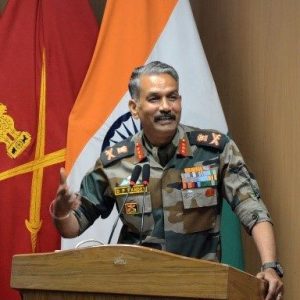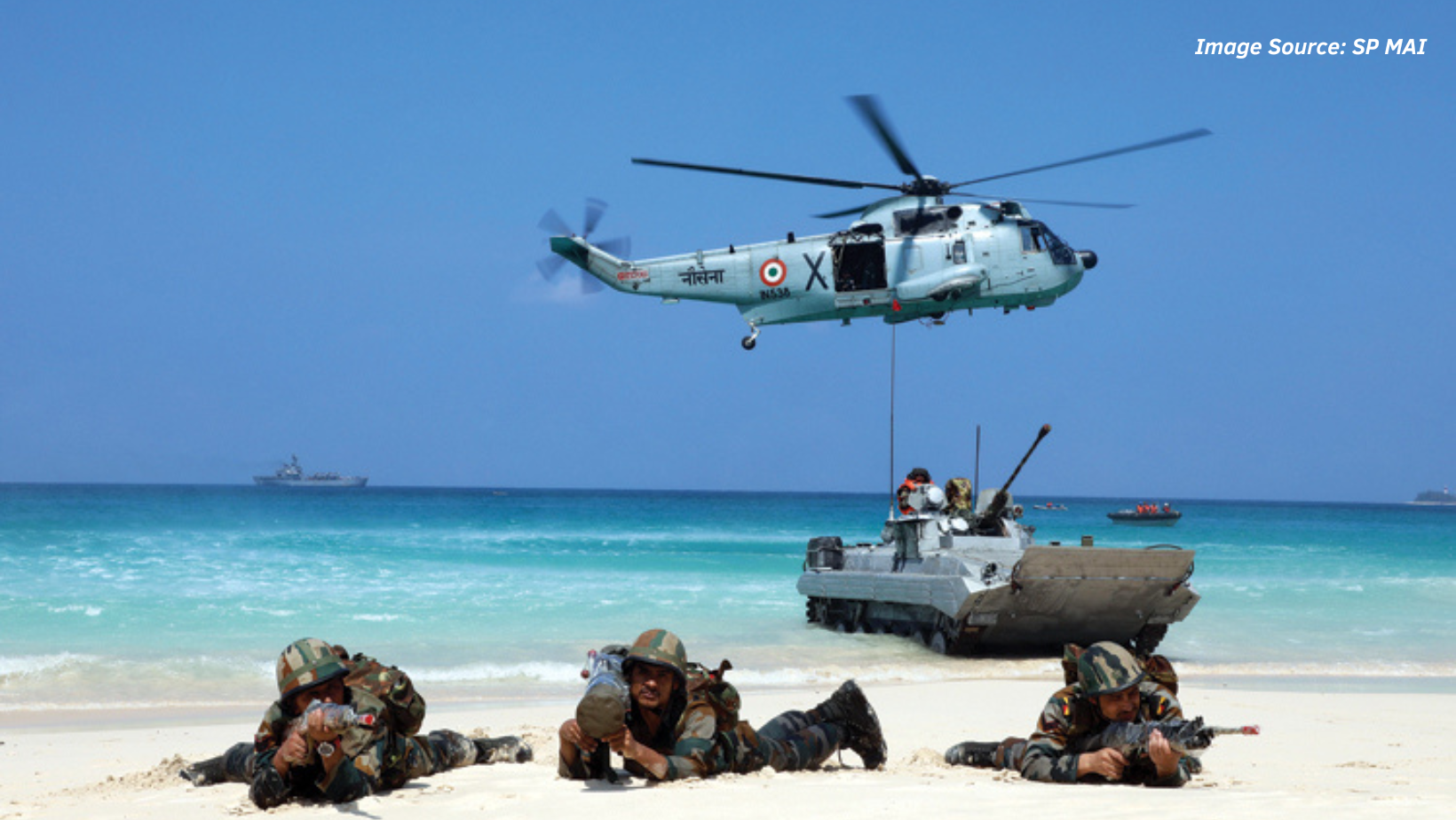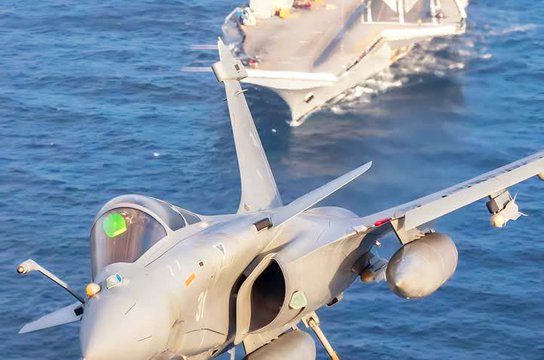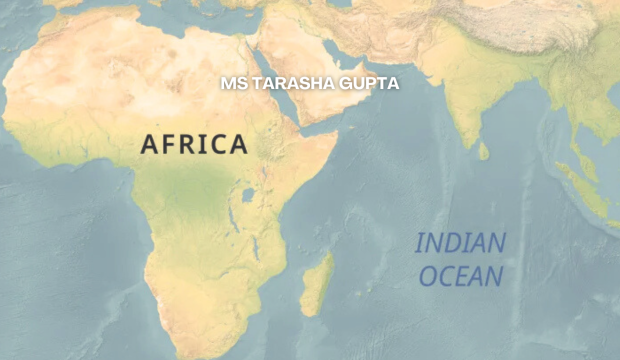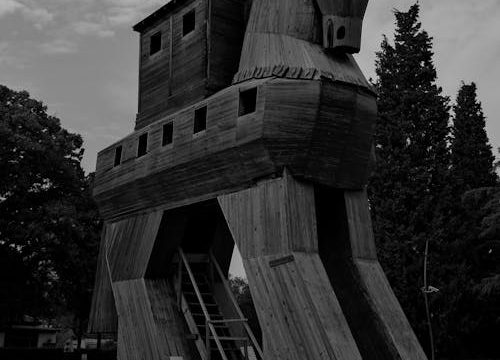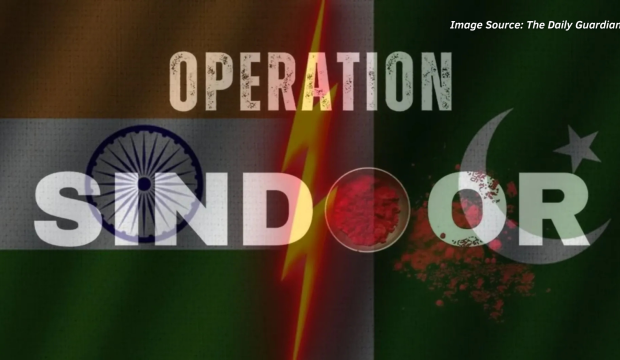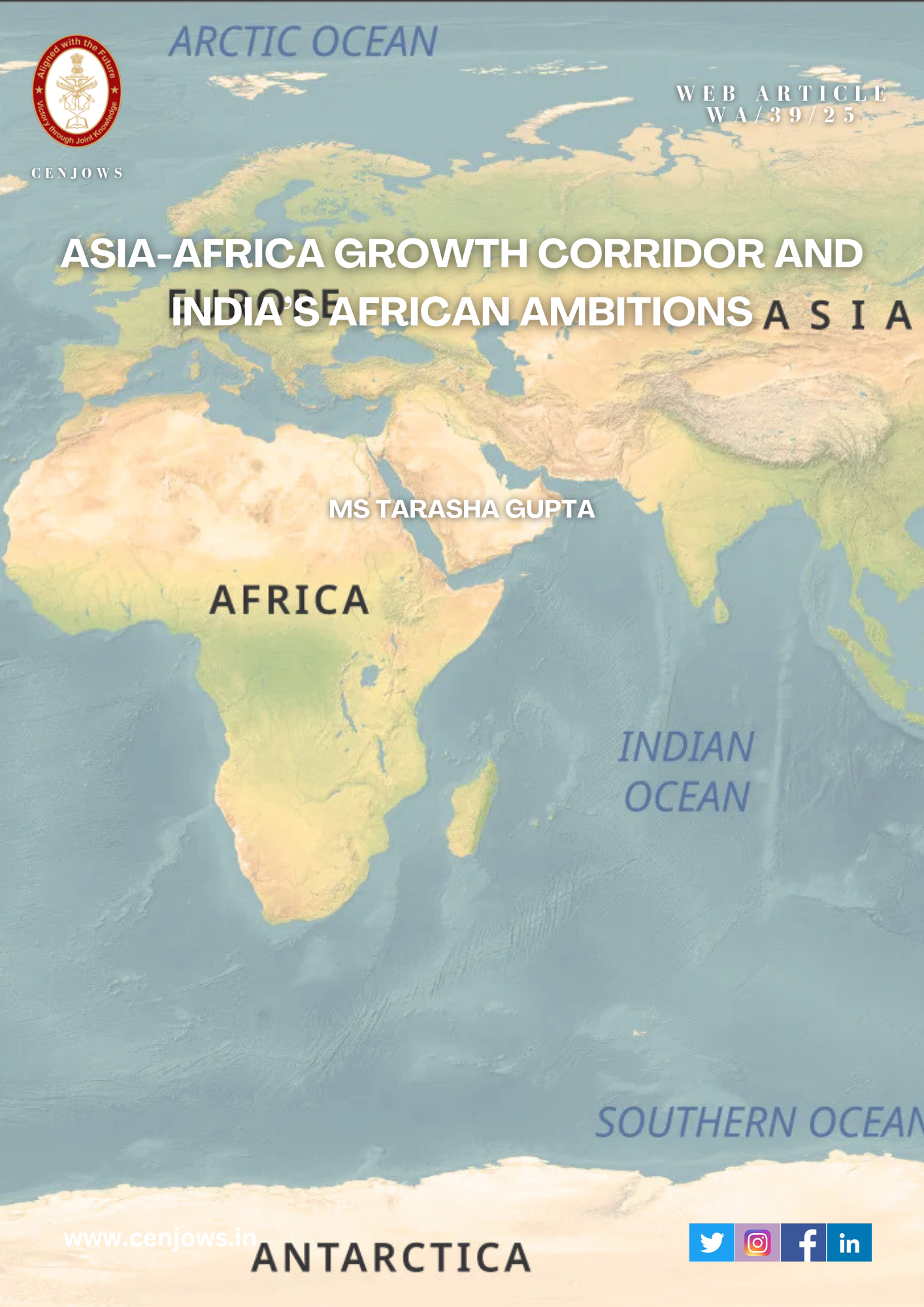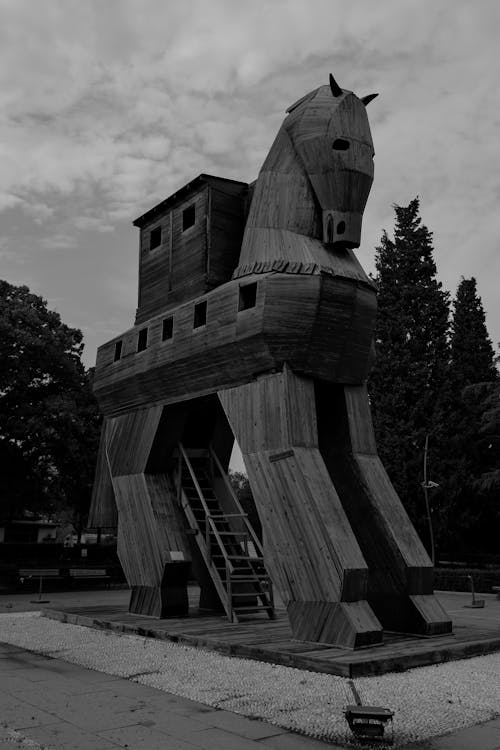‘A NATION’S CULTURE RESIDES IN THE HEARTS AND IN THE SOUL OF ITS PEOPLE’
-Mahatma Gandhi-
As the nation embarks on the path of global recognition and self-realization, the Indian Armed Forces are destined to play an ever increasing role in the nation’s growth trajectory. All three services individually as well as collectively have ventured into the ambitious and much needed path of modernization and jointness. Most political and military leaders are firmly advocating the concept of jointmanship[1]. Each forward step towards jointmanship is challenged severely by many entities. This contradiction, though confusing, has been entirely due to incompatible understanding. This article engages with these questions and recommends enablers and shapers of jointness in the Indian Armed Forces.
Indian Military Culture
Culture is the soul of a vibrant society, a nation, an organization or even of a corporate office. It is expressed in many ways as we tell our stories, celebrate, remember the past, entertain ourselves and imagine the future. It is the core binding factor that tether the people together. Corporate world has also developed a unique set of cultures for improving the efficiency and enhancing the output, for instance, the healthy organizational culture of Indian IT giants Infosys and TCS has aided these companies to prosper. ‘Vasudhev Kutumbukam’, has been the guiding light for the Indian culture which translates as ‘the world is one family’ where all live harmoniously despite varied faiths, languages and traditions. This has been feasible because of the resilience of Indian culture i.e. strength of adaptability. One of the largest democracies in the world, consisting of vast variety of people, practicing different traditions, cultures and ethnic paths; India is an example of sheer wonder. Indian Armed Forces’ culture is no different and is based on these societal values.
Culture is part of the context within which military operations and routine relationships are conducted. Traditionally, culture has not been identified as a major contributor to combat effectiveness and war-fighting. However, history is replete with examples where culture of fighting forces has had an impact on how they had executed their operations. This brings to the fore the famous quote of legendary management consultant and writer Peter Drucker that ‘Culture eats Strategy for Breakfast’, as war strategy may provide guidance, culture is what motivates everyone in Armed Forces to have the same purpose of winning a war, reduces uncertainties, makes sense of complex environments and guides behaviour. One such aspect was to have a common salutation as ‘Jai hind’ in Indian Army, wherein directions were passed in the year 2012. After initial hesitations and inhibitions, it was reconciled that within units the local salutations like ‘Sat Sri Akaal’ or ‘Ram Ram Saab’ and its myriad regimental variations would continue, however outside ‘Jai Hind’ would be the rule.
The inherent binding strength of any society, nation or even an organisation is its distinct culture. For the Indian Army the core cultural moorings is in the primacy of the Battalion or Regiment wherein the soldiers fight for its Izzat.
For the Indian Army at its core, cultural mooring, is the primacy of the Battalion or Regiment wherein the soldiers fight for its Izzat. Formed either on pure or mixed or partially mixed compositions on the basis of region, religion and many other combinations, the Battalion or Regiment performs or fights for its pride and honour. ‘Naam, Namak aur Nishan’ is the oldest ethos followed by the soldiers who willingly make the supreme sacrifice in order to strive for the good name of their Battalion/ Regiment. This ethos motivates soldiers while they serve in Glaciers, High Altitude Areas, Jungle or Deserts in hot summer days. This is the essence of Regimental system, which has stood the test of time in numerous wars and conflicts and acts as a force multiplier at unit/ battalion level. However, one needs to be cautious of carrying regimental spirit at higher levels as excessive adherence to affiliations inhibits development of broad mindedness and counters inter/ intra-service integration. A few illustrations of organizational culture manifestations are discussed in succeeding paragraphs:-
(a) ‘Leading by Example’ is an underlying binding factor in the Indian Army where officers call, ‘Follow me’ in battle when chips are down, has become culture of Army. It is evident by the data of fatal/ non-fatal casualty ratio of officers and soldiers wherein on an average for every ten soldiers there is one officer casualty. This underlying trust, that his officer (leader) will lead from front and is the ultimate motivation for a soldier to put his life in peril. This facet of belief is reflected when the counsel given by an unmarried young officer to a married soldier on marital issues is more acceptable than the word of a qualified doctor or marriage counsellor.
(b) The second cultural fabric is the non-political character of the Indian Army. Since Independence, we have been groomed on liberal values and no decisions are based on caste, creed or religion. Participating in each other’s religious celebrations, officers adopting the religion of their troops and existence of ‘Sarv Dharm Sthal’ are the significant cultural linings of the Indian Army.
Similarly, Indian Air Force and Navy have a set of ideals, or values, that give them a distinct culture and through these lens they see themselves and others in the profession of arms[2]. For the Army, it is the perception of being the guardians of the Nations’ borders and frontiers, Navy has a better grasp of strategic and operational challenges facing the nation and as for the Air Force, it sees technology and the use of all elements of airpower in the exercise of statecraft as a key objective for its existence[3]. This is reflective of how the three services complement each other’s primary role in the defence of the nation[4]. Additionally, the level of acceptability of dissent greatly differs in each service. The Army requires unquestioned obedience while the Air Force and Navy have a greater tolerance for professional dissent even from men. The rigidity of each service to maintain its practices and processes intact, causes functional level issues whilst working in a tri-services environment resulting in reduced efficiency and leading to attitudinal negatively, trust deficit, turf war and reluctance in sharing of resources and information. Historically, these issues are noticeable when we critically analyse Operation Eagle Claw (failed American rescue operation in Iran in 1979) and Indian wars of 1962, 1965, 1971, 1999 & Op PAWAN.
The discussed tenets of culture in the three services vary due to historic aspects, outcomes desired, organizational structures, working environment/ conditions, technological complexities, traditions, span of control, size and scale. However, these distinctions and variances are not divisive. The officers and men of each service come from the same stock ingrained with similar values like Espirit-de-Corps, valour, selfless service, discipline, integrity, loyalty and sacrifice. Thus, evidently there is no major difference in the basic culture of the three services. However, the working practices/ administrative procedures of the services differ to a very large extent which gives a ‘perceived’ cultural variance between the services. Apropos, development of a singular or Joint Services culture is not sine qua non if we are able to work around our divergences, change our attitude towards jointness, assume the role of change leader and come to a common ground in order to operate together effectively.
Values such as discipline, integrity, loyalty, and sacrifice, which all world Armed Forces cherish and hold dear, are constants across the three services. However, there were unique and differing constructs which emerged from the traditions, impact of environmental factors and were a fallout of a respective organizational structures, span of control, size and scale.
Importantly, a mission oriented, professional, inclusive, resilient and ethically high-performance tri services working culture needs to be formalised and put in place. Although many integrated structures like Andaman & Nicobar Command (ANC), Strategic Forces Command (SFC), Defence Intelligence Agency (DIA) and others have been created, the culture of jointmanship is yet to take steady roots among the Services and supporting agencies[5]. Notwithstanding the initial rumblings, best practices and inputs from Tri Services organisations need to be factored in.
Tri-services culture and individual service cultures have evolved from similar core values such as Patriotism, Loyalty, Resolve and Fighting Spirit, Integrity, Honesty, Duty, Commitment and leading by example which have different vocabulary in different services such as ‘Naam, Namak Nishan’ etc. Thus, evidently there is no major difference in the basic culture of the three services. However, the working practices/ administrative procedures of the services differ to a very large extent which gives a ‘perceived’ cultural variance between the services.
Enablers for Harmonising/ Reorienting Services Organisational Culture
Any future conflict will have to be fought in unison. No single service or arm can win a war, conflict or even execute a HADR mission alone. Jointness among the services is the call of the day and will be the base of future integrated theatre commands construct. It is imperative to harmonize functional culture first, thereafter a more important and challenging aspect of integrating with all elements of National Power will be feasible. To overcome any challenges to National security, integration within the services and with the organization is a must.
Keeping in mind the desired characteristics of a tri services culture and the challenges, the enablers which will be responsible for designing and developing a joint services organisational culture are elaborated in succeeding paragraphs (step ladder approach needs to be followed while implementing these : –
(a) Organisation. A requisite tri-services organogram availability will assist in conceptualising and developing a joint organisational culture.
(b) Training and Alignment. Joint training for officers at regular intervals in service is essential so as to enable them to have a greater understanding of other services. Over and above, training the trainers of service specific training establishments on tri services aspects will hasten the process. Training on common equipment can be aligned and wherever possible should be centralised. Promotion exams must have tri-service content including lessons learnt from history of IAF, Army and Navy and campaigns should not focus only on their respective services.
(c) Rules and Office Processes. Promulgation of a common set of rules and regulations by means of a tri-services act will enable uniformity for all personnel. The administrative processes and procedures could be aligned by having a common set of forms and documents which are routine in nature.
(d) Common & Shared Equipment. The equipment employed in the services must be common as much as feasible. This would bring in an economy of scale and interoperability. The recent induction of common tri-services algorithm/ common waveforms in the SDR is a step in this direction. Also, this will entail identifying of common equipment, development of JSQRs and central procurement. All major capital procurements of equipment need to be oriented for work commonality, interoperability and joint logistics.
The key enablers that needs to be taken into consideration for a tri services culture includes common set of rules and regulation, common office procedures, common equipment, common training and a conducive tri services structure incorporating best practices of every service.
(e) Common Procedures. Certain changes are also required to be incorporated within the services under the supervision of HQ IDS, which would harmonise the cultures for seamless transformation to a tri-service culture as and when required. Administrative rules and procedures like reporting/ movement order procedures, leave, accommodation pools, function of station headquarters, accounting procedures, staff duties, minor SD aspects and even abbreviations must be made common for all services to ensure an inclusive, open, futuristic, and purple outlook.
(f) HR Policy. A wide-ranging HR policy needs to be defined including ACR policy. While posting officers, the services need to ensure justifiable distribution of aptitude and profile at all levels. The importance of tri-service structures can be further protected by having a compulsory Criteria Appointment in a tri services organisation. ACRs acquired by officers in such tri-service structures must act as major input provider for Selection Boards (SB).
The HR aspects for joint structures should include ensuring equitable distribution of talent and profile while posting of officers to tri-services organisation, creation of tri services general cadre, a common HR policy and commonality of performance appraisals.
(g) Basic Alignment of PBOR. There should be minimal change in the organisational culture at the unit/ squadron/ ship level as persons below officer’s rank (PBOR) continue to carry out their essential duties and just need to be realigned operationally and be made aware of the values, traditions, culture and capabilities of the other services.
(h) Miscellaneous Aspects. Joint services exercises, joint deployment, common discipline rules, cross-service social interactions (common institutes, messes, sports facilities) and visits are few more steps which will assist in bringing jointers. Recent decision that all officers of Indian Army of the rank of Brigadier and above will wear common uniform irrespective of their regimental or corps affiliation, is a welcome step.
The working of Tri-Service HQs should be based on and restricted by rules and Standard Operating Procedures so as avoid any upheaval, with the change of command while still providing movement space for senior leaders to devise their ideas. Culture of selecting Joint Structure Commanders should strictly be based on competence regardless of which service they belong to.
Shapers of an Effective Joint Organisational Culture
What as on date is required is that, our directional and conceptual level leadership should be collaborative and consultative, in order to serve the larger national objectives. Colonel and equivalent rank officers are the major stake holders in the future of Indian Armed Forces. They have a hands on experience of more than two decades at tactical levels and are smart to foresee the evolutionary changes of technology and HR impacting war fighting system. Most importantly, these officers have the energy and drive to bring and implement changes.
We must be collaborative and consultative, in order to serve the larger National objectives. There is a requirement to identify the cultural traits that need evolution or those that should be aligned for a joint culture and even those that need to be jettisoned for an efficient and effective Indian Armed Forces.
We need to strengthen inter services communication to better articulate convergence issues and lay the bedrock for ‘cultural sensitivity’, understanding and accommodation of concerns. Simultaneously, attitudinal changeover towards jointness needs to be developed as attitudes in the services are influenced by factors like regimental environment (traditions, precedents, norms), service norms and conventions, beliefs and experiences. Alteration and modulation of attitude could be dealt with, by moderating these influencing factors and through proactive interventions by senior leadership. Putting rest to fear of loss of domain and independent identity would ease nerves of regimental seniors[6].
Conclusion
While focusing on culture(s) we need to maturely find the distinction between culture, tradition, ethos, system and processes. It is important to identify the reasons for a particular or a set of cultural behaviours of other services and on finding common ground we should adapt and synergise[i]. A culture of synergistic relationships and mutually accommodative behaviour will contribute hugely towards jointmanship. The Armed Forces of India are already behind the curve by decades in comparison to our competitors in the region possibly due to certain cultural traits we may have so assiduously and proudly protected.
The process of shedding entrenched beliefs would not be easy and would entail a shift of focus in the cognitive domain. The change needs to be inclusive and the rank and file should be equal stakeholders.
“The only thing harder than getting a new idea into the military mind is to get an old one out.”
– Captain Sir Basil Henry Liddell Hart
Endnotes
https://www.idsa.in/jds/1 1 2007 Jointmanship and Attitudinallssues_MSuman
https://salute.co.in/indian-armed-forces-culture-and-significance
https://salute.co.inlindian-armed-forces-culture-and-significance
https://salute.co.in/indian-armed-forces-culture-and-significance
http://www.idsa.in/jds/2_2_2008_integratingthelndianMilitary_VAnand
https://www.idsa.in/jds/1 1 2007_JointmanshipAndAttitudinallssues_MSuman
https://www.idsa.in/jds/1 1 2007_JointmanshipAndAttitudinallssues_MSuman
https://www.idsa.in/jds/1 1 2007 Jointmanship and Attitudinal lssues_MSuman
https://salute.co.in/indian-armed-forces-culture-and-significance
https://salute.co.inlindian-armed-forces-culture-and-significance
https://salute.co.in/indian-armed-forces-culture-and-significance
http://www.idsa.in/jds/2_2_2008_integratingthelndianMilitary_VAnand
https://www.idsa.in/jds/1 1 2007_JointmanshipAndAttitudinallssues_MSuman
https://www.idsa.in/jds/1 1 2007_JointmanshipAndAttitudinallssues_MSuman
Ideation and Inputs from ‘Army Management Studies Board-2023’ seminar on topic ‘Reorientation Towards a Joint Organizational Culture’ and CDM study on the topic
